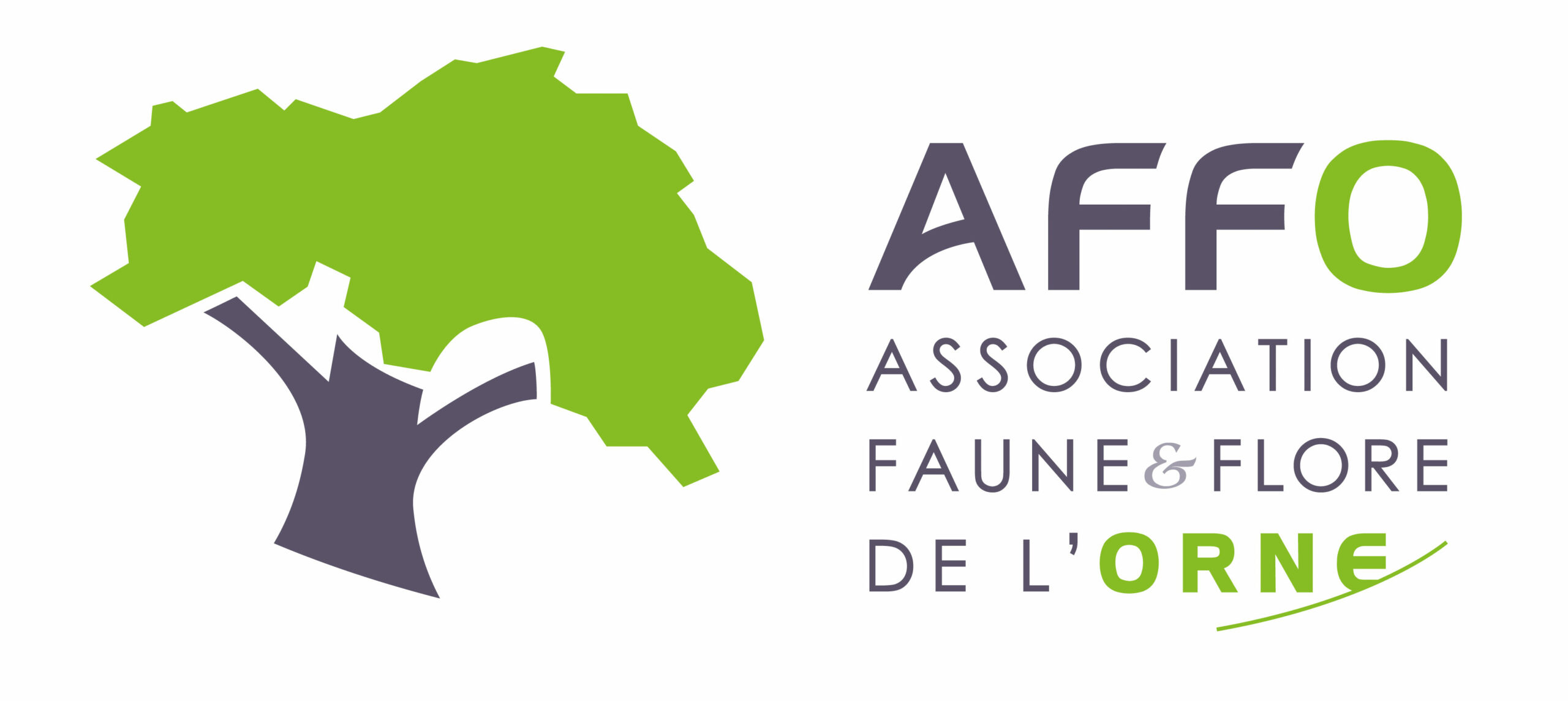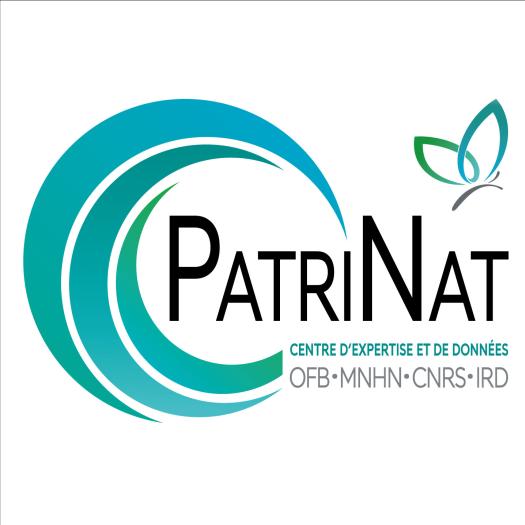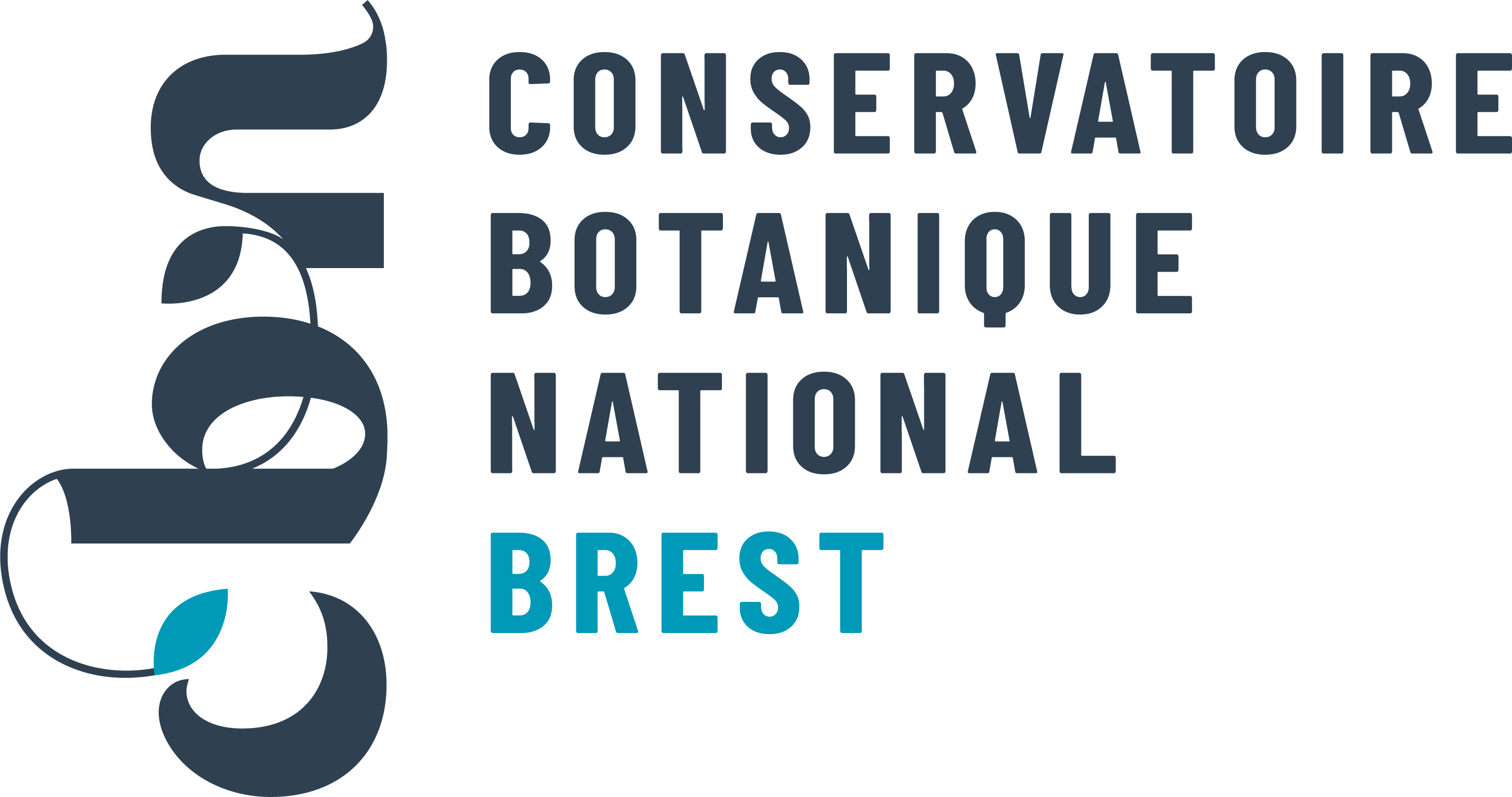Naïade
Najas L., 1753
Où cette espèce a-t-elle été observée ?
 Attention : cette espèce peut être présente où il n’y a pas de maille, mais à ce jour elle n’y a pas encore été observée.
Attention : cette espèce peut être présente où il n’y a pas de maille, mais à ce jour elle n’y a pas encore été observée.
- 40 observations
-
10
communes -
12
observateurs
7
organismes -
Première observation
2011 -
Dernière observation
2025
Argenvilliers - Beaumont-les-Autels - Belhomert-Guéhouville - Champrond-en-Gâtine - Miermaigne - Saint-Éliph - Saintigny - Saint-Victor-de-Buthon - Soligny-la-Trappe - Tourouvre au Perche
-
PNR du Perche
Participation à 16 Observations
Part d'aide à la prospection : 40.00 %
Fiche organisme
-
Conservatoire botanique national du Bassin parisien (CBNBP)
Participation à 13 Observations
Part d'aide à la prospection : 32.50 %
Fiche organisme
-
Association Faune & Flore de l'Orne (AFFO)
Participation à 8 Observations
Part d'aide à la prospection : 20.00 %
Fiche organisme
-
UMS PatriNat (OFB-CNRS-MNHN)
Participation à 3 Observations
Part d'aide à la prospection : 7.50 %
Fiche organisme
-
Conservatoire Botanique National de Brest (CBNB)
Participation à 2 Observations
Part d'aide à la prospection : 5.00 %
Fiche organisme
-
PNR et géoparc mondial UNESCO Normandie-Maine
Participation à 2 Observations
Part d'aide à la prospection : 5.00 %
Fiche organisme
-
Ministère de la Transition écologique et de la Cohésion des territoires
Participation à 1 Observation
Part d'aide à la prospection : 2.50 %
Fiche organisme
Informations espèce
Répartition actuelle en France métropolitaine
© INPN - Avertissement : les données visualisables reflètent l'état d'avancement des connaissances et/ou la disponibilité des données existantes au niveau national : elles ne peuvent en aucun cas être considérées comme exhaustives.













